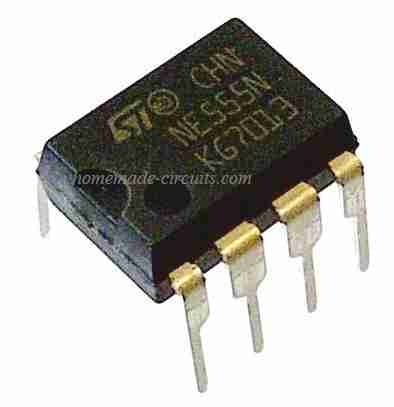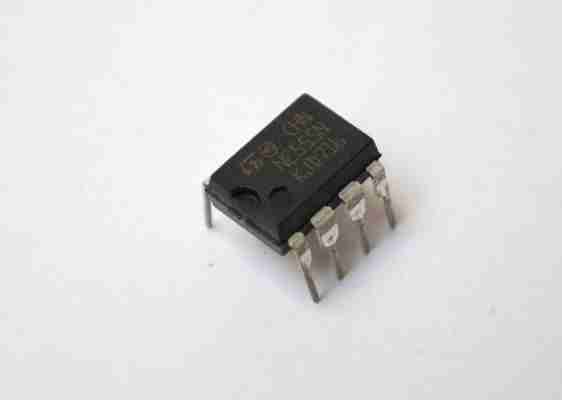An Introduction About IC 555 Timer, Its Features and Appliations
An IC 555 timer is one of the most flexible linear integrated circuits, which was first developed in the year 1970 by “Signetic Corporation” and named as SE/NE 555 timer. This integrated circuit is a monolithic timing circuit, which is capable of generating a precise and extremely stable time delay. Similar to other generally used operational amplifiers, this IC is also very much consistent, easy to utilize, and low cost.
This is available in two packages an 8-pin DIP (dual in a package) and 14-pin DIP and it comprises 2-diodes, 23-transistors, and 16-resistors.
This IC is still in extensive use due to its low worth, simple to use, and constancy. It is now designed by many manufacturers in the unique bipolar & also in low-power CMOS types. As of in the year 2003, it was projected that one billion units are designed every year. This IC is the most standard integrated circuit ever manufactured.
The IC 555 timer circuit is mainly applicable in astable multivibrators, monostable multivibrators, DC-DC converters, waveform generators, digital logic probes, tachometers, analog frequency meters, temperature measurement devices, control devices, and voltage regulators. Basically the IC 555 timer works in one of these two modes: an astable multivibrator or as a monostable multivibrator. The SE555 IC is designed to operate in this range of temperature: 55°C – 125° while the NE 555 IC works over this temperature range: 0° -70°C.
The Features of the IC 555 Timer include the following
These ICs operate in a broad range of supply voltages ranging from + 5 V to + 18 V.
They Reduce or supply 200 mA of load current
The maximum power dissipation is 600 mW.
The operating temperature is 0 to 75 °C
The exterior components are chosen accurately so that the time intervals can be made in quite a few minutes along with the frequencies above several hundred kHz.
The o/p of an IC 555 timer IC can drive a TTL (transistor-transistor logic) due to its high current o/p.
The duty cycle of the 555 timers is variable.
The max power dissipation for each package is 600 mW and its two inputs like a trigger and reset have logic compatibility.
What is a 555 Timer IC?
Please refer to this link to know more about 555 Timer
555 Timer Pin Configuration
Please refer to this link to know more about 555 timer IC pin configuration
Functional Parts of the 555 Timer IC
The 555 timer IC includes three functional parts like Comparator, Voltage divider and Flip/Flop
Operating Modes of 555 Timer
The 555 timer IC has basically three operating modes such as Astable mode, Bistable Mode and
555 Timer in Monostable Mode
In this mode, the IC generates only a single pulse when the timer obtains a signal from the trigger input button. The period of the pulse depends upon the resistor and capacitor values.
555 Timer in Astable Mode
In this mode, the IC generates the nonstop pulses with the exact frequency that depends on the values of the two resistors and capacitors.
555 Timer in Bistable Mode
In this mode, the IC generates two stable states such as high and low. The output signals of these two states are forbidden by a trigger and reset input pins, not by the charging & discharging of capacitors.
Applications of 555 Timer IC
The 555 timer IC is completely used to build different electronic circuits like flashing LED, police siren, music box, LED dice, metal detector, traffic lights, etc.


Comments